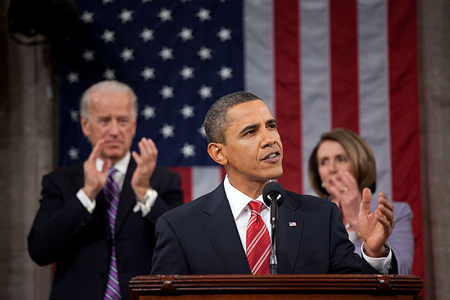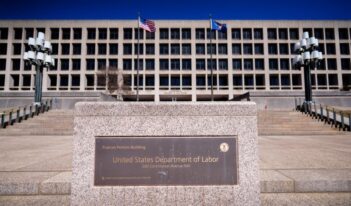
The President’s budget foreshadows changes to how administrative agencies will use their funding.
During his State of the Union address in January, President Obama announced he would propose a freeze in federal domestic discretionary spending, raising concerns that regulatory agencies will be starved of necessary funding to carry out their missions.
For example, at last month’s Penn Program on Regulation panel discussion, Rena Steinzor, the president of the Center for Progressive Regulation (CPR), criticized the Administration for freezing funding for regulatory agencies. She has argued that such a freeze “shortchanges [protection against] very real threats to public health.”
The Obama Administration’s budget proposal does call for an overall freeze of domestic discretionary funding, but some regulatory priorities would actually receive increased funding. Some individual regulatory agencies would see some modest overall increases, and other agencies – even those that would see an overall decrease in funding – would nevertheless experience a shift in resources toward more funding for regulatory enforcement.
Although OSHA’s budget would grow only slightly under Obama’s proposal, the new budget will focus more heavily on enforcement. OSHA will add 25 new inspectors, and shift 35 employees from compliance assistant to enforcement. The budget contemplates an increase in inspections by 9 percent. (These increases are on top of the 100 new inspectors added in FY 2010.) According to EHSToday, Labor Secretary Solis will be reducing the funding to OSHA’s Voluntary Protection Program (VPP) – the program that served as the model for EPA’s Performance Track program developed under the Clinton Administration but terminated under Obama.
The Department of Homeland Security (DHS) would increase its total discretionary budget from $39 billion to $43.5 billion. Within DHS, the Transportation Security Administration (TSA) would increase its budget from $5.1 to $5.7 billion; Immigration and Customs would go from $5.4 to $5.5 billion, and FEMA would increase from $7.1 to $7.2 billion. Meanwhile, the Coast Guard would face a budget decrease from $8.5 to $8.4 billion; Customs and Border Protection would go from $10.1 to 9.8 billion; and the domestic Nuclear Detection Office would drop from $514 million in 2009 to $306 million.
The Securities and Exchange Commission (SEC) would see an increase in overall resources, as well as in enforcement funding. Its budget justification shows an increase from $1.119 billion to $1.258 billion from FY 2010 to 2011. This amounts to an increase of 380 full-time positions. Although some of the new funding will only come if proposed financial reform legislation is passed, much new funding would be available regardless of new legislation. Unlike many other agencies, the SEC plans on paying for its increased enforcement itself; the Administration is banking on increased enforcement to result in the collection of more fees which would be used to cover additional enforcement costs.
Other agencies, such as EPA, would not see their funding grow, but they could be expected to shift resources from voluntary programs into regulations, as discussed in a previous The Regulatory Review essay. EPA’s operating budget will actually shrink somewhat, by $100 million, even as new programs are implemented. In its congressional justification, EPA explicitly states that strengthening enforcement would be a priority for its 2011 budget. The compliance program would see increased funding, from $531 million to $545 million. In addition, despite its overall decrease in funding, EPA will also fund some new programs, including $43 million towards a greenhouse gas permitting program.
The Department of Transportation would reduce spending in all its major agencies, with the exception of the Federal Aviation Administration (FAA), which would see its spending increase from $12.4 to $12.7 billion this year. This change would include a 30% increase in the FAA’s Air Traffic Control System modernization program.
These changes are all in the discretionary, non-defense portion of the federal budget. In contrast, under the President’s proposal defense spending would still grow dramatically. As OMB Watch has recently noted, just the proposed increase in defense spending under the budget — $18 billion – would exceed “the entire discretionary budgets of the U.S. Environmental Protection Agency and the Departments of Energy, Interior, and Labor.”
The photograph of President Obama’s 2010 State of the Union address is used unaltered under a Creative Commons license.



